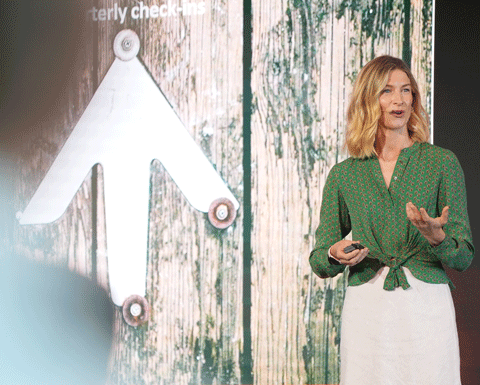- Published
- 20 Jan 2025


The countless exciting possibilities of digital technology mean it can be easy to get caught up on the wrong things. But, the focus for financial institutions (FIs) should remain where it’s always been: what problem are you trying to solve for your customers? While digital adds another paradigm to help us solve this, the main difference in the digital world is that today’s customers demand things more quickly and digital can deliver this.
Business fundamentals remain the same in a digital world
While digital is transforming the payments industry it remains vitally important for FIs to understand what value digital provides to their customers. While many customers are now digital first, it doesn’t mean that they’ll accept digital products and services that give them a worse customer experience.
Companies must realise that to make digital successful for their customers and their business they need to be able to offer customers a superior experience to what they’d be getting through traditional channels. Only then will digital be successful and allow FIs to realise many of the benefits it offers like improved efficiency, quicker turnaround and lower costs.
Understand your customer demographics and their different needs
To optimise the customer experience, the first step is for an FI to understand what its customers want – very different approaches may be required for different target audiences. For example, older people will not take up digital technology at the same rate as Gen Y and generations also approach purchasing differently. Younger people might be willing to pay for apps while an older demographic is less likely to, because their general expectation is that banking should be free.
The way in which different age groups want to receive financial information also differs. According to Telstra’s recent report Millennials, mobiles and money: The forces reinventing financial services, 67% of Millennials prefer to receive their financial advice on products and services through a digital platform compared to just 33 per cent who preferred more traditional avenues (eg in person). Millennials and Baby Boomers even use their digital devices differently. Take shopping for example: in the 2015 report Balancing Multi-Generational Retail Strategies, 75 per cent of Millennials use their mobile devices for shopping, while only 30 per cent of Baby Boomers do.
Get the digital experience right
Having to appeal to multiple demographics means that FIs need to get the digital customer experience right. Many organisations have the digitisation process backwards (reactive rather than proactive) where they develop the product first and look to digitise afterwards – rather than starting with digital and then moving into other streams. For example, companies often introduce digital specifically to reduce service costs or to cross-sell products, but customers can see right through this. They know they’re being moved to digital, not to meet their needs better, but for the business’s own purposes. So, rather than FIs asking customers: ‘Do you want to buy product XYZ?’ they need to ask customers about their pain points and then figure out how they can solve those problems. When organisations do this, and then use digital to improve customer experience, they increase the ‘stickiness’ of the customer meaning they’re less likely to leave in the future.
Transformation from traditional product lines
As FIs transition away from heritage products, it can be challenging to get the balance right – supporting existing products while still investing in the digital shift. As existing product lines continue to be displaced it’s crucial for businesses to get the timing and the investment right to maximise profit and not alienate customers.
Transforming heritage product lines into new product lines may appear to be cannibalisation, but in fact it’s often just evolving to the digital world. Take, for example, the TV which has gone from being a box in the corner of our lounge rooms, to a digital portal. In the payments world, like the TV, the physical card will be replaced with the digital wallet. The digital wallet will give customers access to so much more than the card, creating opportunities for both FIs and consumers.
FIs need to recognise that if they don’t provide their customers with what they’re looking for they will go to smaller, more nimble organisations. According to Telstra’s Millennials, mobiles and money report almost half (49 per cent) of Millennials are currently using, or would consider using, a non-traditional provider for financial services (69 per cent of affluent Millennials). So while FIs need to continue to focus on delivering value they also need to make the most of the possibilities that digital offers, either by developing the capabilities themselves or partnering with companies that can help them.
At Cuscal, we are currently helping our clients to pivot towards the digital age. Part of this is using design thinking, combined with digital, to enable traditional FIs to better meet their customers’ needs and so future proof their business in the digital age of payments.
Published in the October edition of Australian Banking & Finance
By Valentina Dunoski, Senior Manager Digital Solutions



